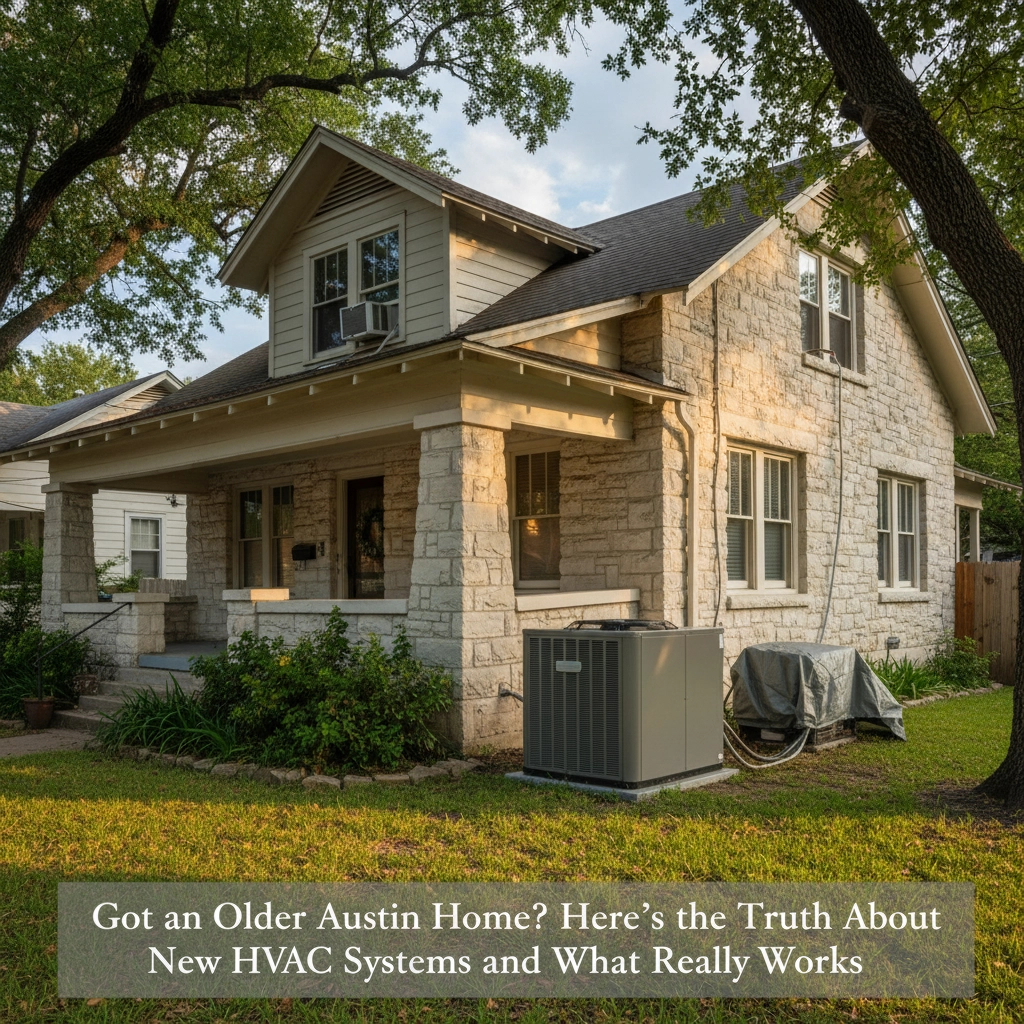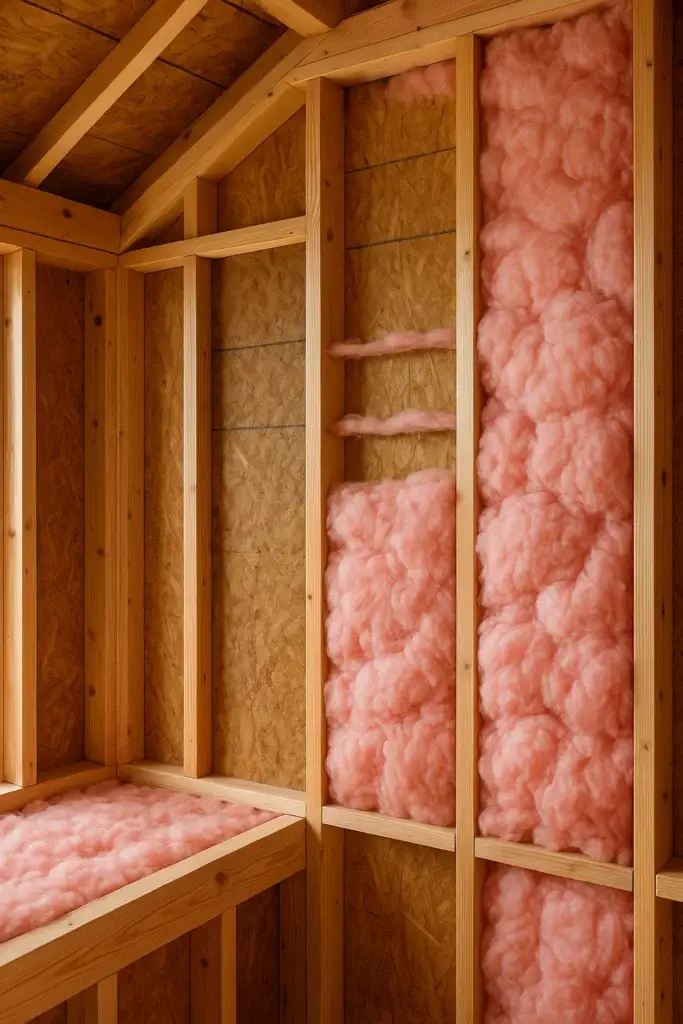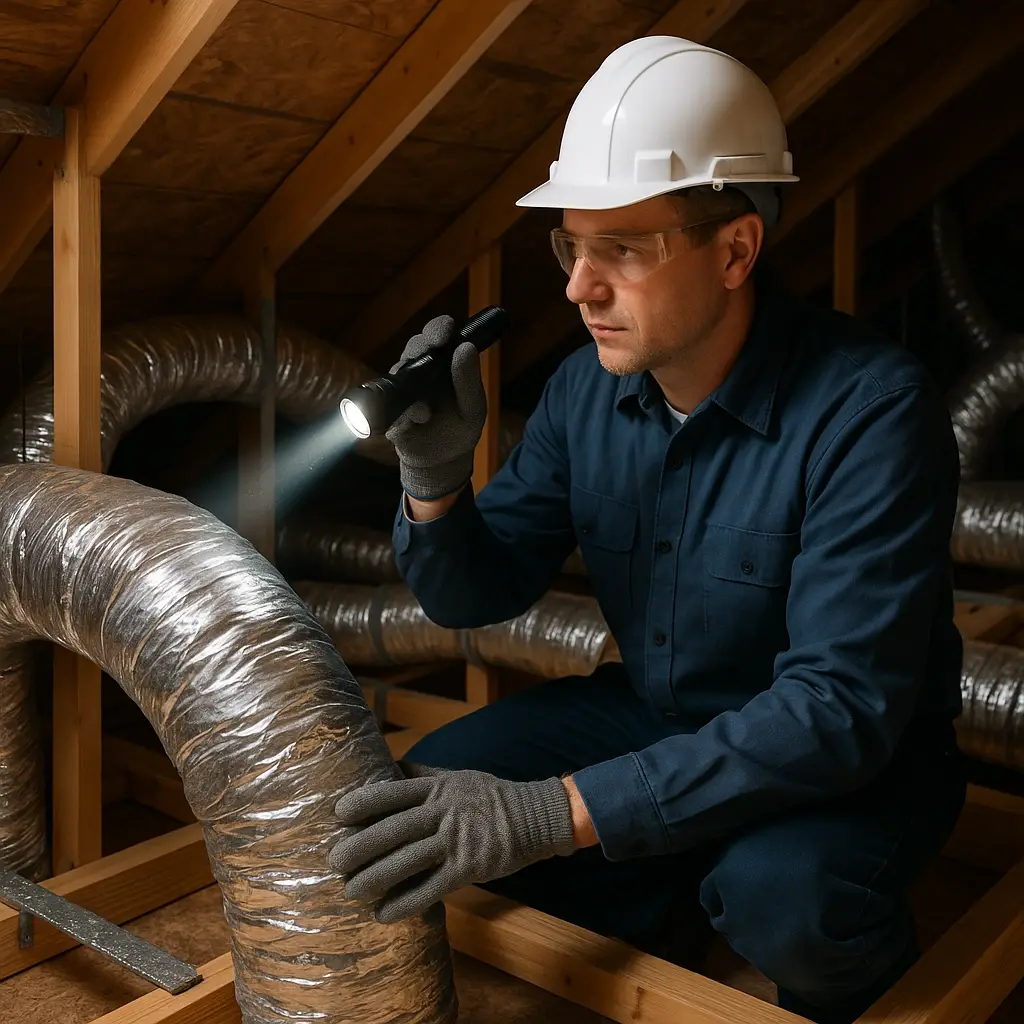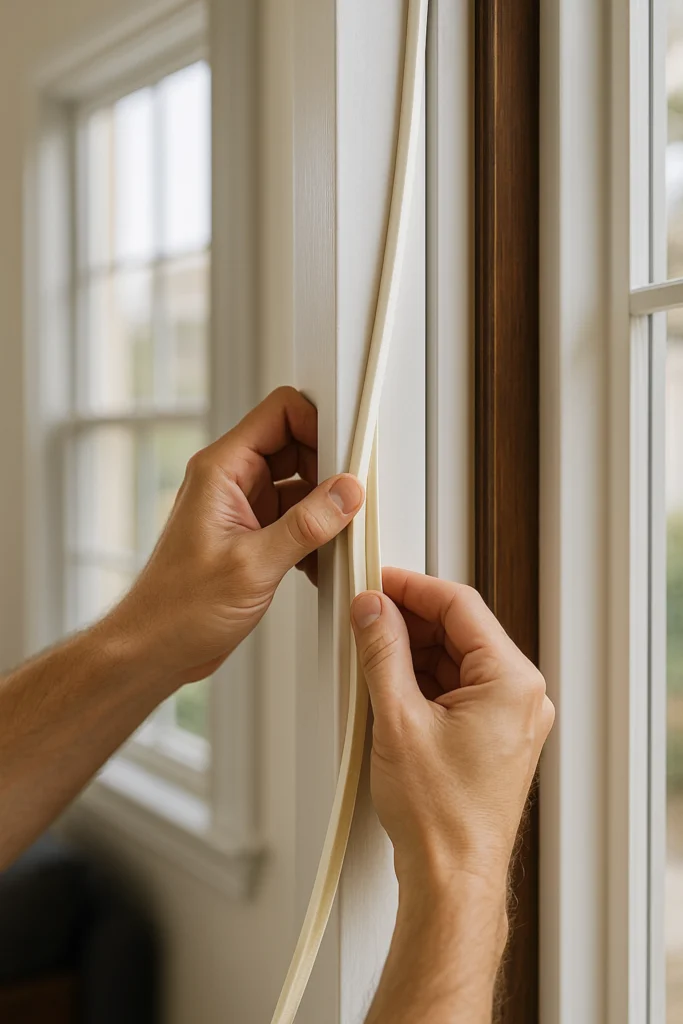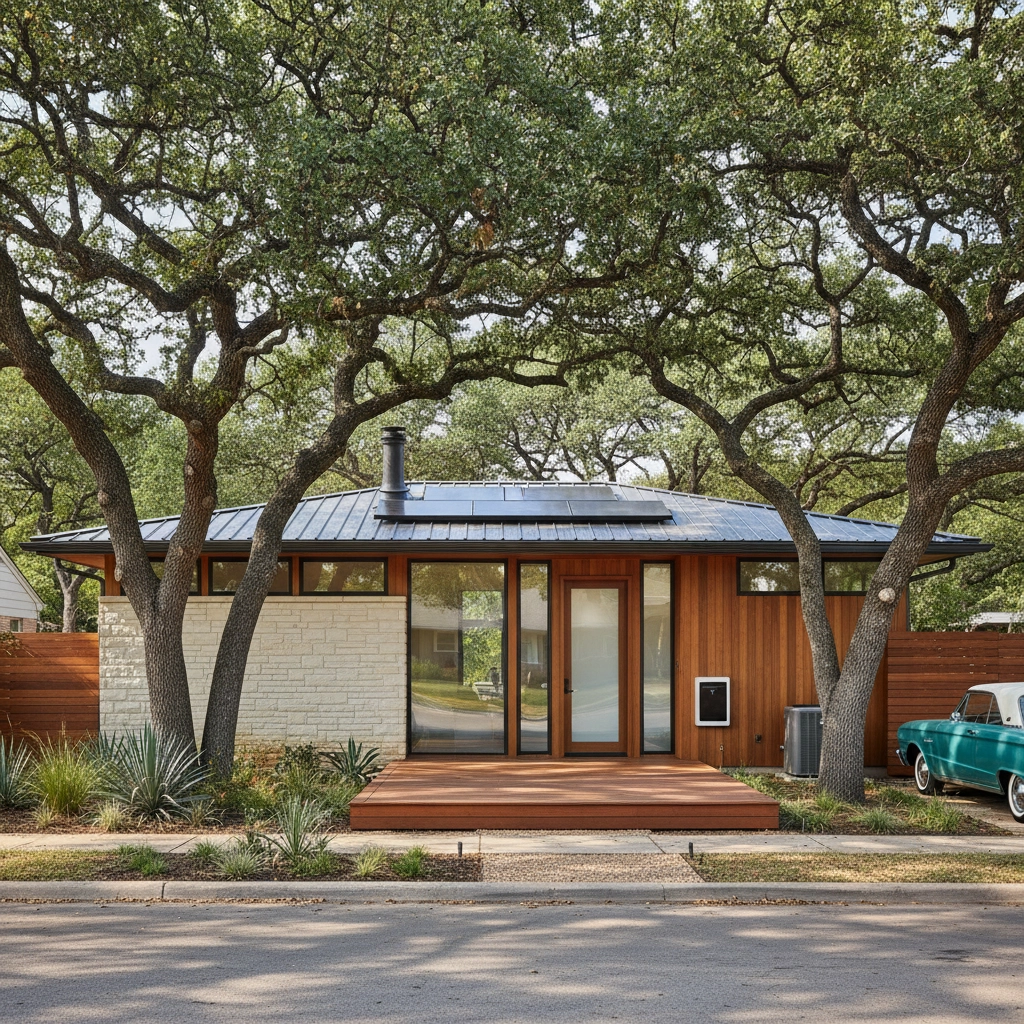Got an Older Austin Home? Here’s the Truth About New HVAC Systems and What Really Works
Own a charming 1950s bungalow in Travis Heights? A quirky 1970s ranch in North Austin? If you’re living in one of Austin’s many older homes, you’ve probably been told that upgrading your HVAC is complicated, expensive, or downright impossible without gutting your entire house. Here’s the truth: modern HVAC technology has evolved specifically to tackle the unique challenges that older homes present. You don’t need to choose between preserving your home’s character and staying comfortable year-round.
Let’s bust some myths and talk about what really works for Austin’s older homes: because comfort shouldn’t be a compromise.
The Real Challenges Older Austin Homes Face
Austin’s vintage homes weren’t built with today’s extreme weather in mind. Most homes from the 1940s through 1980s were constructed during an era when energy was cheap and climate control expectations were much lower. Now these homes face a perfect storm of challenges that modern HVAC systems need to overcome.
The Construction Reality Check
Most older Austin homes feature pier and beam foundations, plaster walls, no attic space and minimal insulation. These charming architectural details create real HVAC headaches. Pier and beam construction often means no central return air path, forcing systems to work harder to circulate air properly. Plaster walls and lack of attic space make running new ductwork a nightmare and an expensive proposition. Many homes have only 1-2 inches of attic insulation when they should have at least R-38 for Central Texas.
The Ductwork Nightmare
Walk into any 1960s Austin home’s attic and you’ll likely find a maze of oddly-routed ductwork that seems to defy logic. Original ductwork was often sized incorrectly, uses outdated materials, and takes circuitous routes around structural elements. Many older homes have undersized return air systems: sometimes just one central return for the entire house: which creates pressure imbalances and hot spots. Learn more about duct leaks here.
Space Constraints Are Real
Older homes weren’t designed with modern HVAC equipment in mind. Utility rooms are tiny, attic access is limited, and ceiling heights in some areas barely accommodate today’s equipment. Traditional HVAC solutions often require more space than these homes can reasonably provide without major modifications.
What Actually Works: Modern Solutions for Vintage Problems
The good news? Today’s HVAC technology offers solutions specifically designed for the constraints older homes present. You just need to know what to ask for.
Variable Speed Systems Change Everything
Modern variable speed air handlers and compressors are game-changers for older homes. Unlike traditional systems that run at full blast or not at all, variable speed equipment can adjust its output to match your home’s actual needs. This is huge for older homes with insulation challenges: the system can run longer at lower speeds to maintain comfort without the energy waste of constant on-off cycling.
Slim Ducted Mini-Splits: The Space-Saver Solution
Here’s a technology that didn’t exist when your home was built: slim ducted mini-split systems. These systems require much smaller ductwork than traditional central air, making them perfect for homes where running full-size ducts isn’t practical. The indoor units are compact enough to fit in tight attic spaces, and the smaller ducts can often be routed through existing wall cavities with minimal disruption.
Compact High-Efficiency Equipment
Today’s compact furnaces and air handlers pack more heating and cooling power into smaller footprints. A modern compact system can often fit in spaces where older, bulkier equipment wouldn’t dream of going. Plus, they’re significantly more efficient, which helps offset some of the energy losses inherent in older home construction.
The Insulation and Air Sealing Truth
Let’s address the elephant in the room: no HVAC system, no matter how advanced, will perform efficiently in a poorly insulated, leaky home. But here’s what many contractors won’t tell you: you don’t need to gut your entire house to make meaningful improvements.
Strategic Insulation Upgrades
Focus on the biggest bang for your buck. Attic insulation is usually the most cost-effective upgrade, especially in Austin’s climate where attic temperatures regularly exceed 130°F in summer. Adding insulation to accessible walls (like garage walls adjacent to living spaces) can also make a big difference without major disruption.
Air Sealing Makes More Difference Than You Think
Air leaks in older homes can account for 25-30% of energy loss. Strategic air sealing around windows, doors, electrical outlets, and plumbing penetrations often provides more comfort improvement per dollar spent than any other upgrade. The best part? Much of this work can be done without tearing into walls.
Pitfalls to Avoid (We See These Mistakes All the Time)
Don’t Just Replace Like-for-Like
The biggest mistake we see homeowners make is replacing their old system with the same type and size without addressing underlying issues. If your 1970s system was struggling to combat humidity (and most were), putting in the same size and efficiency rated modern system will still short-cycle and fail to properly dehumidify.
Avoid the “Duct Replacement” Sales Pitch
Some contractors will try to sell you complete duct replacement as the only solution. While ductwork issues are real, strategic repairs, sealing, and partial replacement often provide 90% of the benefits at a fraction of the cost. Complete duct replacement in older family homes can easily cost $5,000-10,000 and may not be necessary.
Don’t Ignore Electrical Capacity
Many older homes weren’t wired for modern HVAC demands. Before upgrading to a high-efficiency heat pump or electric system, make sure your electrical panel can handle the load. This is especially important in homes with original 100-amp or smaller electrical services.
Preserving Character While Adding Comfort
One of the biggest concerns we hear from owners of older homes is maintaining their home’s character while upgrading comfort systems. The good news is that modern HVAC technology actually makes this easier than ever.
Mini-Split Systems for Additions and Problem Areas
Ductless mini splits are perfect for room additions, converted garages, or that one bedroom that never gets comfortable. They provide zone control without the need for major ductwork modifications, and modern units are much quieter and more attractive than early generations. You can learn more about ductless mini split systems here.
Hidden Ductwork Solutions
Creative routing can hide necessary ductwork improvements. We can successfully route new ducts through closets, under stairs, and even through decorative beam assemblies in ways that preserve architectural details while improving comfort.
Smart Thermostats and Zoning
Smart thermostat technology and zoning systems can make even imperfect ductwork perform better. By controlling different areas of the home independently, you can overcome some of the inherent challenges of older home layouts. Read more about zoning here and smart thermostats here.
Comfort Restored
We have seen it time and time again: older homes that have minimal insulation and an aged system. Despite the high utility bills that go with it, homeowners still can’t keep their homes comfortable. The original systems struggle not just because of their age and condition, but because they are working overtime to combat air loss from damaged ducting, improper window and door seals, and lack of proper insulation.
Instead of gutting the house, take measures to seal the places where the conditioned air is escaping and the outdoor air is getting in. Have the insulation evaluated and improve areas that will have the biggest impact to your home comfort. Call Accu-Temp to evaluate your system and ducting to see if it is time for an upgrade or if minor repairs and maintenance can be done. You will be surprised at how much you can save on your monthly utility bills, and some improvements may even qualify for a tax deduction. Dive deeper into ways to lower your utility bills here.
The Bottom Line for Owners of Austin’s Older Homes
Modern HVAC technology offers real solutions for the unique challenges older homes present. You don’t need to choose between comfort and preserving your home’s character, and you don’t need to spend a fortune on complete system overhauls.
The key is working with contractors who understand older homes and have experience with the full range of modern solutions available. At Accu-Temp, we’ve been solving comfort challenges in Austin’s older neighborhoods for years. We know that every vintage home is unique, and we take the time to design solutions that work with your home’s specific quirks and constraints.
Your 1950s bungalow or 1970s ranch can be every bit as comfortable as a new construction home: it just takes the right approach and the right equipment. Don’t let anyone tell you otherwise.
Ready to explore what modern HVAC technology can do for your older Austin home? Contact us for a consultation that focuses on real solutions, not expensive overhauls.

